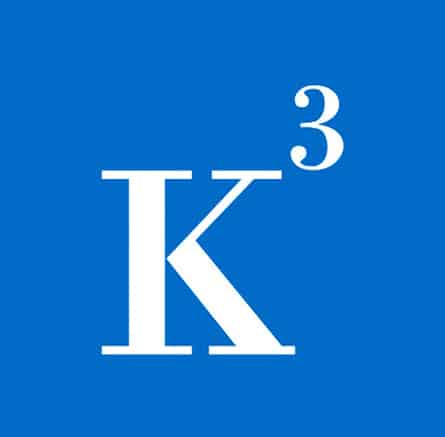CAE Process Optimizations
CAE Process Optimizations –
Increased efficiency through innovative methods
Our CAE Process Optimizations combine innovative technologies, tailor-made methods, and user-friendly custom user interfaces. By developing automated evaluation methods, we shorten verification times, reduce resource consumption, and increase the efficiency of your simulation processes.

Process Description – the foundation for efficient workflows

In method development, a clear process description is crucial for designing efficient workflows and continuously optimizing them. Through structured analysis of investments, resources, time frames, risks, and deviations, we create the foundation for precise process control. Our approach ensures that goals, inputs, quality assurance, and outputs are optimally linked to achieve sustainable improvements and long-term efficiency gains.
As an example of a structured process description, the FE calculation chain shows the entire process – from modeling to simulation and post-processing to AI-supported training and meta-models. Automated model construction ensures efficient and accurate model creation, while the connection to existing result databases incorporates the existing infrastructure. AI-based analysis continuously improves the process in order to draw more accurate and faster conclusions about the components under investigation.
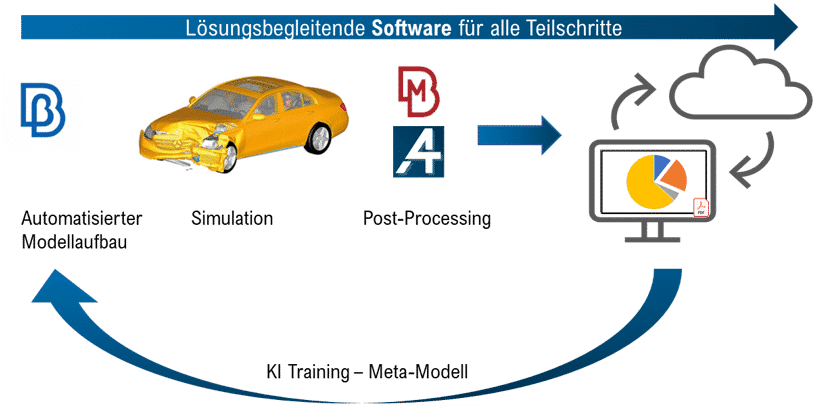
Process Mapping – Structured visualization of work processes

The next step in our method development after process description is process mapping. For the automated creation of an FE module, we use our standardized process mapping, similar to a production assembly line, which is optimized through the use of machine learning (ML) and user scripts in preprocessor environments.
Our standardized process mapping comprises a clearly structured sequence that begins with CAD data, continues with module determination and model preparation, and finally ends with assembly and test calculation. If components are missing, we integrate them efficiently thanks to our expertise in networking and joining technology. The entire process is optimized through the use of AI and interaction with the user.
Quality Assurance – Precise model checks for FE models
After process description and mapping, quality assurance follows in our method development. The focus here is on detailed model checks to ensure the precision and reliability of FE models. This includes, among other things, element quality checks for geometry and mesh evaluation, assembly checks, verification of contact definitions and material assignments, and the identification and correction of potential model errors.
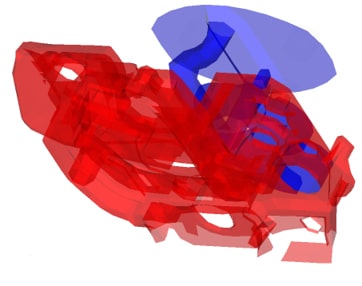
CAE Calculation Methods – Simulative analyses for precise results
Dynamic properties are efficiently analyzed and optimized through the use of substitute models and automated parameterization. This enables the precise adjustment of relevant parameters in order to achieve realistic and accurate simulation results.
CAE Evaluation Methods – Robustness Analysis and Error Prevention
In the final step of method development, we rely on CAE evaluation methods to detect model errors at an early stage. Using anomaly detection, we analyze simulation sets as well as point cloud and mesh data to create and visually represent the embedding space. The anomaly detector identifies anomalous behavior, enabling precise analysis and continuous improvement of the models.
At the beginning of the development cycle, we perform simulations for each component or subsystem, which are then voxelized — i.e., divided into small volume elements — to enable a more detailed analysis. The process is divided into two paths: the anomaly detector and the autoencoder/PCA-based methods, which detect deviating behavior in the simulations and thus identify components with different behavior patterns.
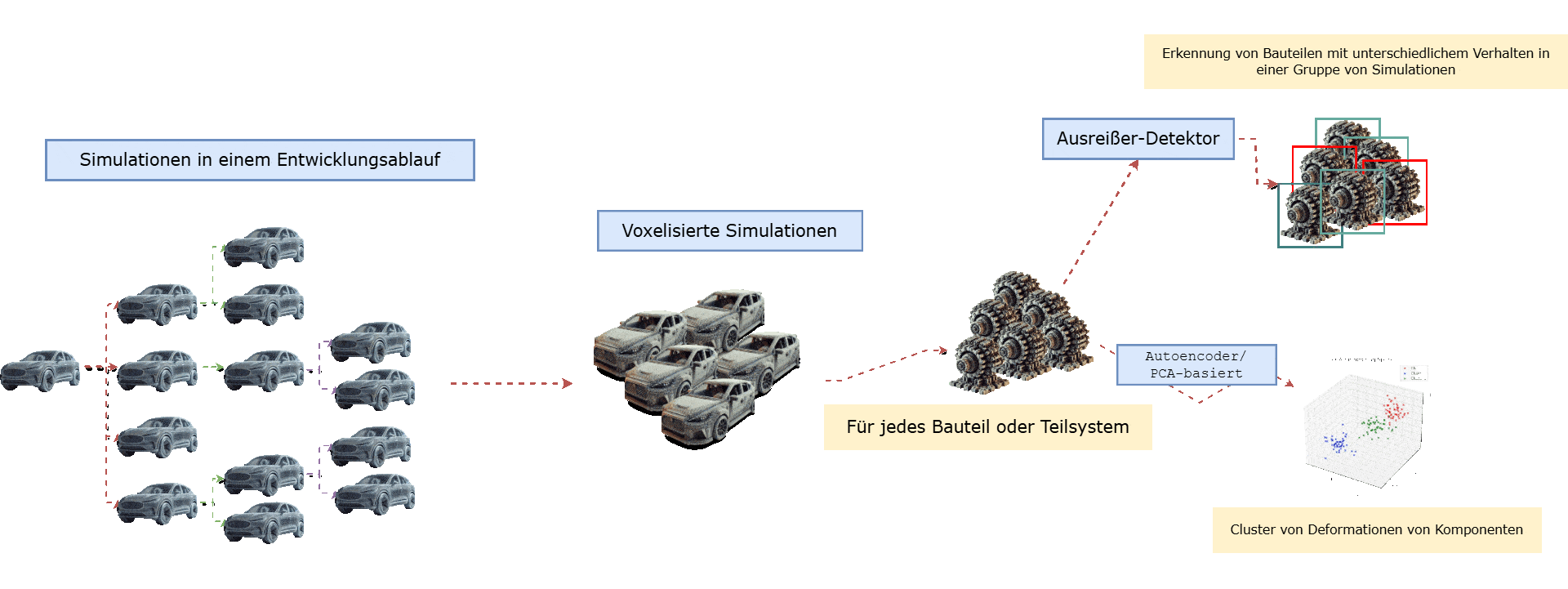
Stone Impact Simulation – Method Development in Application Cases

A practical application of our method development is stone impact simulation, which enables realistic testing of the corrosion protection of materials. Using LSDyna-DEM and customized evaluation subroutines, we are developing an efficient calculation methodology with automated load case setups and precise evaluations. A user-friendly interface allows different variants to be tested in order to optimize the materials at an early stage.
Custom User Interface – Customized solutions for your process optimization
Our tailor-made custom user interface solutions offer user-centered designs in the front end and powerful back-end management, optimized for CAE process optimization.
In the front-end, we develop user-friendly, customizable designs with a special focus on UI performance to ensure efficient operation and fast user interactions.
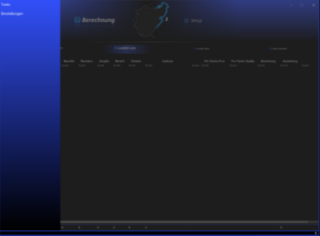
The backend ensures stable API integration, efficient data processing, and seamless database integration. We focus on scalability and modularity to offer you a flexible solution for the long term.
With our custom toolbars and user interfaces for tools such as Animator, ANSA, Meta, MSC ADAMS, and the MEDINA and MIDAS software solutions, we integrate powerful, tailor-made applications that support your CAE processes efficiently and scalably.
CAE Processes made easy and lean: Increase efficiency through precise analysis and smart automation.
Contact us to find out how we can optimise your processes!
